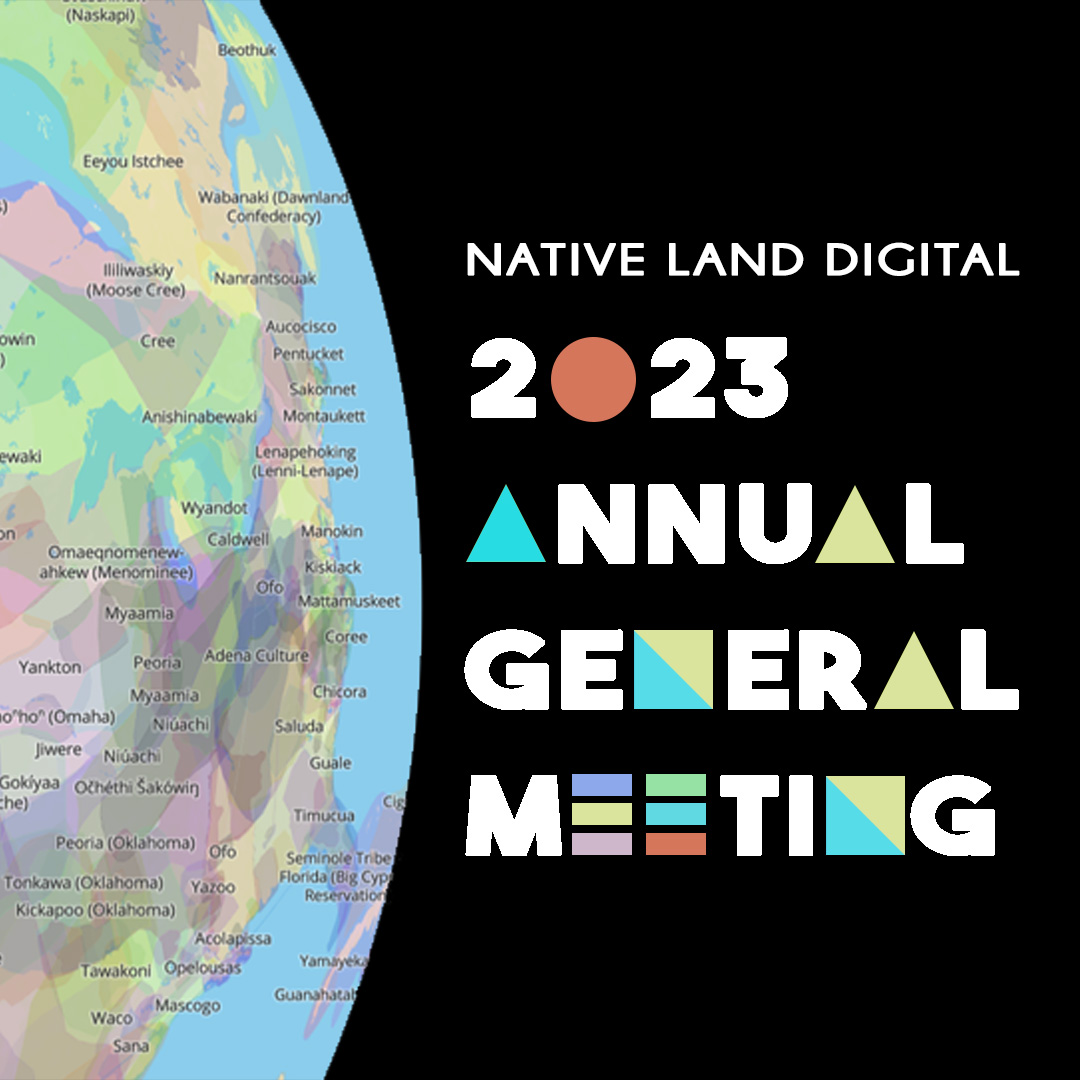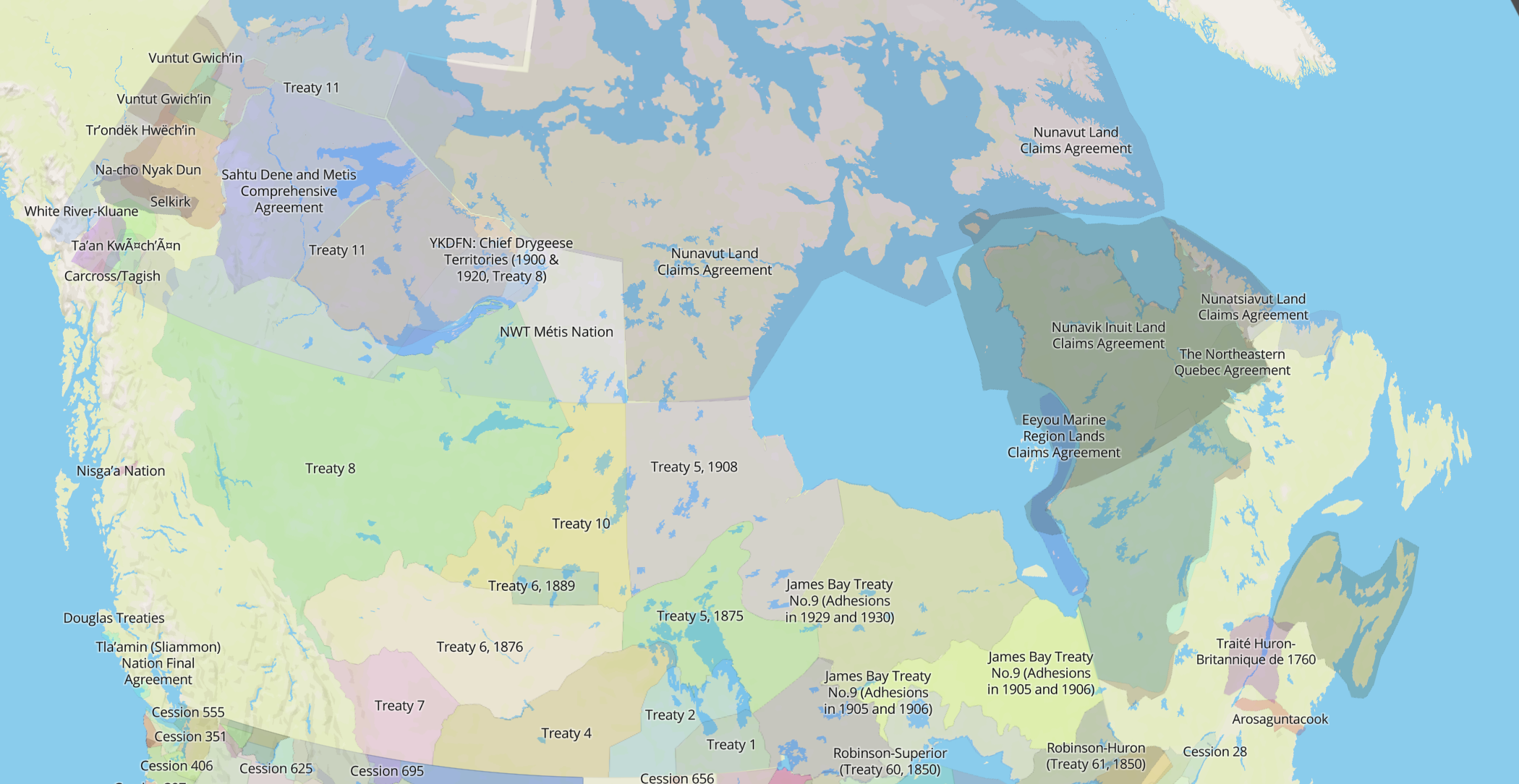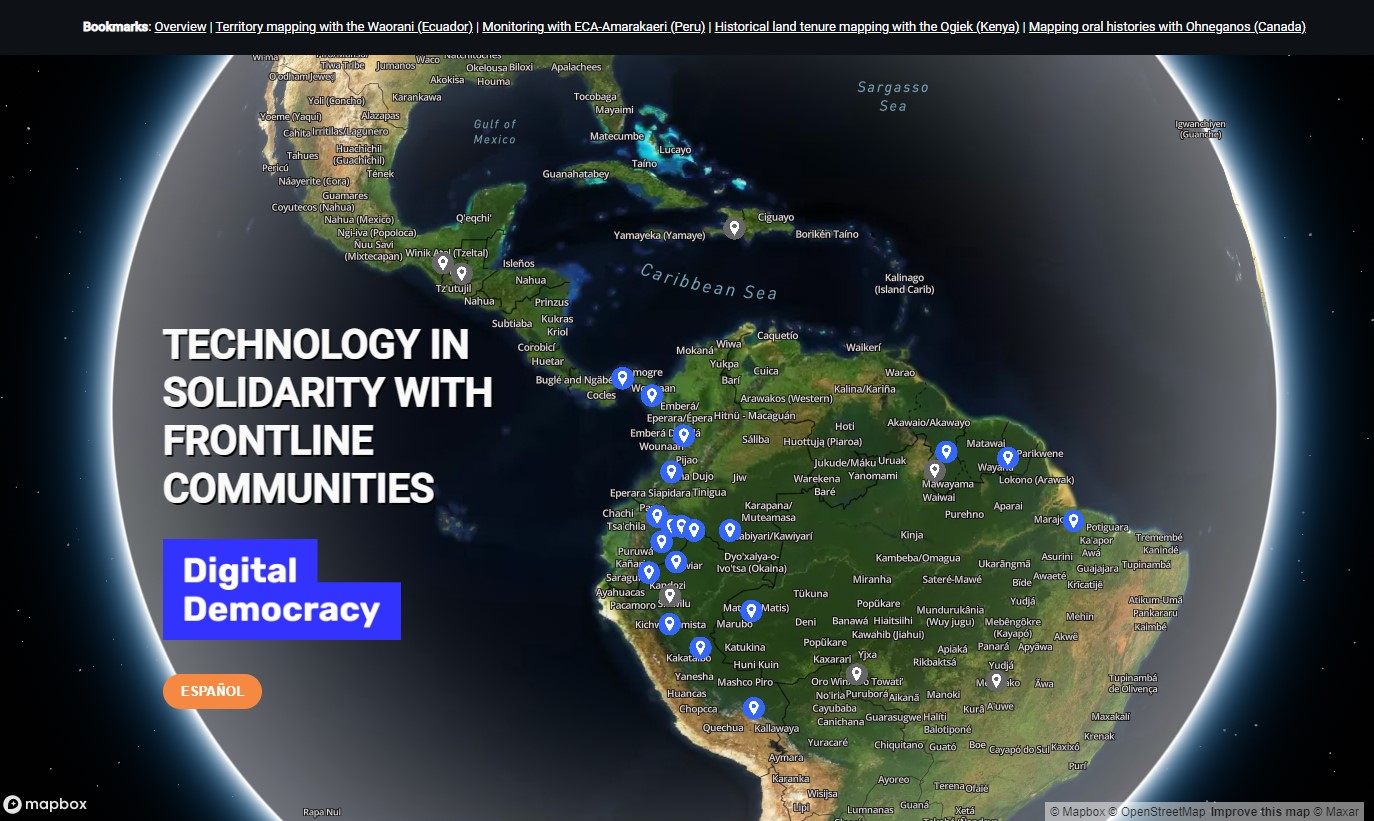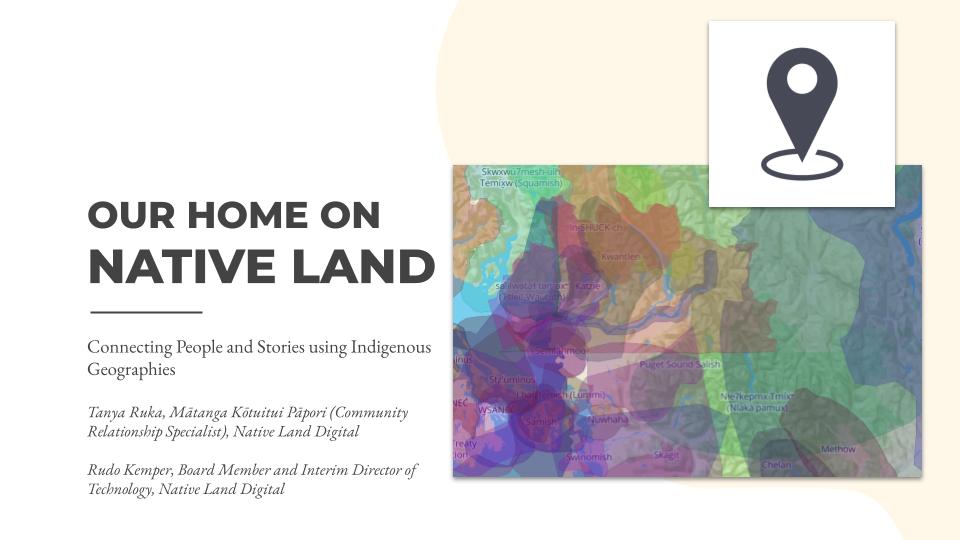You know, when I started Native Land, I really meant to keep up with the sources. I wanted to be diligent about it and document everything properly. The best intentions!
But along the way, things fall off. You get frantic about changes, or hear a correction in person, or forget after a long, long night of tracing territories. It’s a little hard to save the source on each one. And after long enough having stopped… you just stop trying. Or at least, I did.
That being said, I think that in order to really expand Native Land and make it truly useful, I need to create pages for the different territories, languages, and treaties on the site, and put information into each of those pages regarding resources, sources, and the changes that have happened over time with those territories.
A ton of work…?
This site never really lets up on the work front. I want to expand it and add more territories — southern North America is next up — and make some new features, expand the app, and so on. But in some ways, I can’t get too far ahead of myself. It’s better to come back, consolidate, create a really great base for all of this and then continue adding more. That’s where figuring out my resources comes in.
All hope’s not lost. I do have a starting-point with the current Resources page, and each territory/language/treaty has some kind of link relevant to it inside the file that holds all my geographic information. So I can start there. Each polygon from the front page gets a page, and from there people can submit fixes, see changes, view the resources being used, leave comments, and so on.
Sounds fun, actually.
Source types
There’s really been a few types of resources I’ve used over the years to make edits to Native Land:
- Indigenous maps of indigenous territories
- Email correspondence or personal requests
- Secondary resources from academic books
- Conglomerate maps, usually without overlapping borders
- Old colonial maps
This is generally the order I work in — I prefer indigenous maps of indigenous territories first of all, and continue putting in more as we go down the list. I generally will avoid just about anything to do with conglomerate maps and old colonial maps, but for very old nations or extremely poor resources, it’s necessary at times. Yet these should be properly sourced so everything is transparent to everyone.
Onward and upward!
OK! Let’s do it! I’m going to get to work on this. I think it may help a lot of teachers and students trying to use the site, so Native Land can become a little more reliable and clear.






Looking at the API and citing the work of API as well can be done. For example citing any language reference with the linguist as well as the native speaker (a tribal elder for example). For any related graphics, a circa date of a photo or related tribal symbol can be made). Such as if we reference a Native American Basket or a Hawaiian Kākau (traditional tattoo). There are symbols which not only reference language of a tribe’s dialect, but also the specific family or island (such as Hawaiian Kākau, traditional tattoos)
Western and much of Central Oklahoma has been part of the homeland of the Wichita and Affiliated Tribes (Waco, Kitsai, Tawakoni, Taovaya, and others) for centuries before the Osage entered from the east in the 18th century. Archaeologists refer to their precontact cultures as Southern Plains Villagers. Richard Drass of the University of Oklahoma is a good source of information about them. There are 15th, 16th, 17th, and 18th century Wichita village sites, as well, throughout south central Oklahoma, as well. Here’s a general introduction to Wichita history :: http://www.okhistory.org/publications/enc/entry.php?entry=WI001